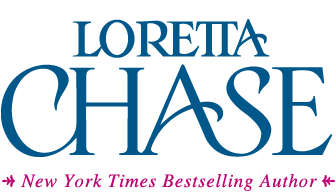Ham House, Richmond
Ham House, Richmond, was a revelation. I’ve often used 16th and 17th century houses for my characters. Sutton Place in Surrey became Camberley Place in all three books of the Difficult Dukes series. Northumberland House became Clevedon House in Silk is for Seduction. Holland House became Castle de Grey in “Lord Lovedon’s Duel” and My Inconvenient Duke.
I’m drawn to these houses because they tend to be complicated. They’re built around courtyards; they have great halls and long galleries and they’re loaded with nooks and crannies where my characters might steal a private moment or two. Over the years, they acquire accretions, and they tend to sprawl over vast acres.
But many of the houses I used in my books have either been demolished or converted into something that isn’t a house. Ham House is still very much a house, and very much a 17th century house. It’s seen some changes over the years, but not very many, considering its age. Wikipedia points out that “Ham House is unusual in retaining much of its original 17th-century interior decoration, offering a rare experience of the style of the courts of Charles I and Charles II.” This was what knocked me out. Apparently, I’m not the only one, as the interior was considered over-the-top, even in its time, when aristocrats were not shy about displaying their wealth. The ebony staircase is a good example.
If you are reading this post in an email, and the video does not appear, please follow this link to the blog.
The ebony staircase.
Because I have so much to show and tell, you can expect at least two blog posts.
Video of Loretta Chase in the Round Gallery of Ham House, Richmond
The Round Gallery was originally the Great Dining Room. Early in the 18th century, most of the floor was removed. The remaining room displays portraits, while the Great Hall was made grander, with better lighting.
The marble fire place is in the North Drawing Room, as is the Ivory cabinet. On the day we visited, the cabinets were open, which is not usually the case. The harpsichord is believed to have been made in England about 1730. The open doorway leads to the Long Gallery, which is lined with more portraits, of which I offer a sample.











































































